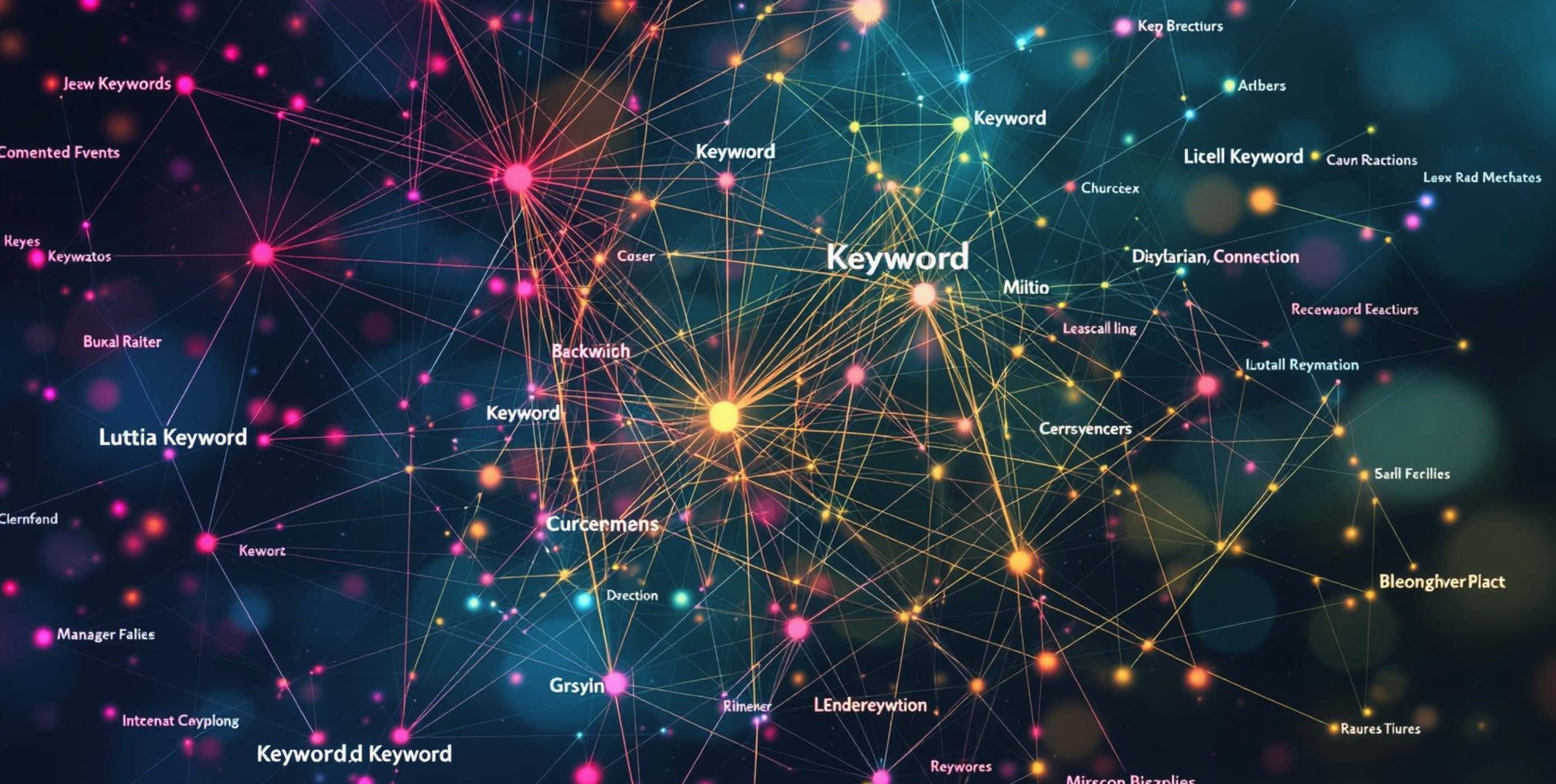
Lead Scraper
Lead scraping automates the extraction of valuable contact data from online sources, enabling businesses to efficiently build high-quality lead databases for ta...

A point of contact (POC) refers to a person or department that coordinates communication and information for a specific activity, project, or organization, handling inquiries and facilitating interactions.
A point of contact (POC) refers to a person or department that serves as the coordinator for communication and information regarding a specific activity, project, or organization. This individual or team is responsible for handling inquiries, providing information, and facilitating interactions between parties. The concept of a point of contact is essential in various fields, including customer service, sales, project management, and technology. Understanding the role and significance of a point of contact can enhance communication efficiency and improve relationships between organizations and their clients or stakeholders.
A point of contact acts as the primary liaison between an organization and its customers, partners, or other external parties. They are the individuals or departments that others reach out to when they need information, assistance, or guidance related to a particular subject or issue. By centralizing communication through a designated point of contact, organizations can ensure that messages are consistent, inquiries are addressed promptly, and information flows smoothly.
In customer-facing roles, a point of contact helps clients navigate the company’s services or products. They answer questions, provide support, and address concerns, ensuring that the customer’s needs are met effectively. In internal contexts, a point of contact may coordinate between different departments or team members, streamlining processes and facilitating collaboration.
Having a designated point of contact offers several advantages:
When individuals know exactly who to reach out to for specific concerns, communication becomes more direct and efficient. This reduces the likelihood of messages getting lost or misdirected. A single point of contact can gather all relevant information and provide accurate responses, preventing confusion and misunderstandings.
Customers and partners appreciate knowing there is a dedicated individual or team they can depend on. This reliability fosters trust and confidence in the organization. When clients feel heard and supported, it strengthens their relationship with the company and enhances their overall experience.
A point of contact often has immediate access to necessary resources and information to address issues promptly. By resolving problems quickly, organizations can prevent minor concerns from escalating and ensure customer satisfaction. This proactive approach can also reduce customer churn and improve retention rates.
With a single point of contact, the information conveyed to external parties remains consistent. This uniformity is crucial for maintaining the organization’s image and ensuring that all communications align with its values and objectives.
Points of contact can vary depending on the organization’s structure and the nature of its interactions. Here are some common examples:
In many companies, the customer service department serves as the primary point of contact for clients seeking assistance. These representatives handle inquiries, troubleshoot issues, and provide information about products or services. They communicate through various channels, including phone calls, emails, live chats, and social media platforms.
Sales reps are often the first point of contact for potential customers. They engage with prospects, answer questions about offerings, and guide them through the purchasing process. By establishing a positive initial connection, sales representatives can influence the customer’s decision-making and contribute to sales success.
After a sale is completed, account managers may take over as the main point of contact for ongoing client relations. They handle account inquiries, inform clients about new offerings or updates, and ensure that the client’s needs continue to be met. This role is crucial for maintaining long-term relationships and encouraging repeat business.
In project-based environments, the project manager acts as the point of contact for stakeholders, team members, and clients. They coordinate activities, provide updates, and address concerns related to the project’s progress. By centralizing communication, project managers can keep all parties informed and aligned with project goals.
In technical fields, help desk personnel or support teams serve as the point of contact for users experiencing issues with products or services. They provide technical assistance, troubleshoot problems, and escalate complex issues to specialized teams if necessary.
A point of contact (POC) is a person or department responsible for coordinating communication and information flow for a specific activity, project, or organization. They handle inquiries, provide information, and facilitate interactions between parties.
A designated point of contact enhances communication efficiency, builds trust, streamlines problem resolution, and ensures consistent messaging within and outside an organization.
Common points of contact include customer service representatives, sales reps, account managers, project managers, and support teams, depending on the organization's structure and needs.
A point of contact has access to necessary resources and information, enabling them to address and resolve issues promptly, which improves customer satisfaction and retention.
Start building your own AI solutions with FlowHunt. Enhance communication, efficiency, and customer experience.
Lead scraping automates the extraction of valuable contact data from online sources, enabling businesses to efficiently build high-quality lead databases for ta...
Learn how to optimize PPC campaigns and master keyword grouping for higher relevance, improved Quality Scores, better ROI, and effective campaign management. Di...
Lead routing is the process of automatically assigning incoming sales leads to the appropriate sales representatives within an organization, ensuring prospects ...
Cookie Consent
We use cookies to enhance your browsing experience and analyze our traffic. See our privacy policy.
